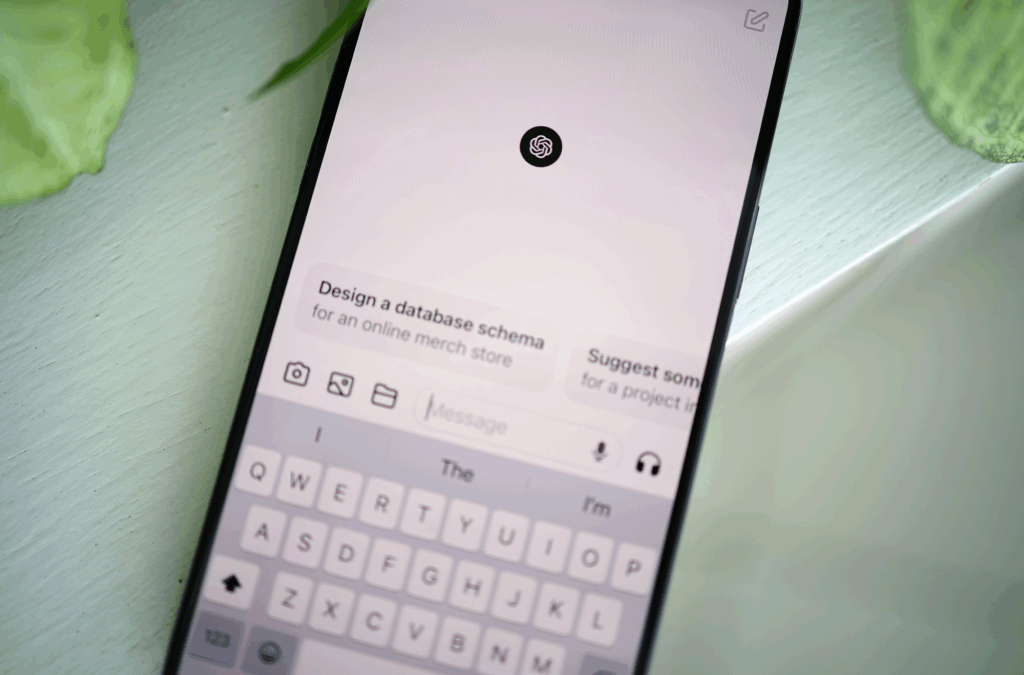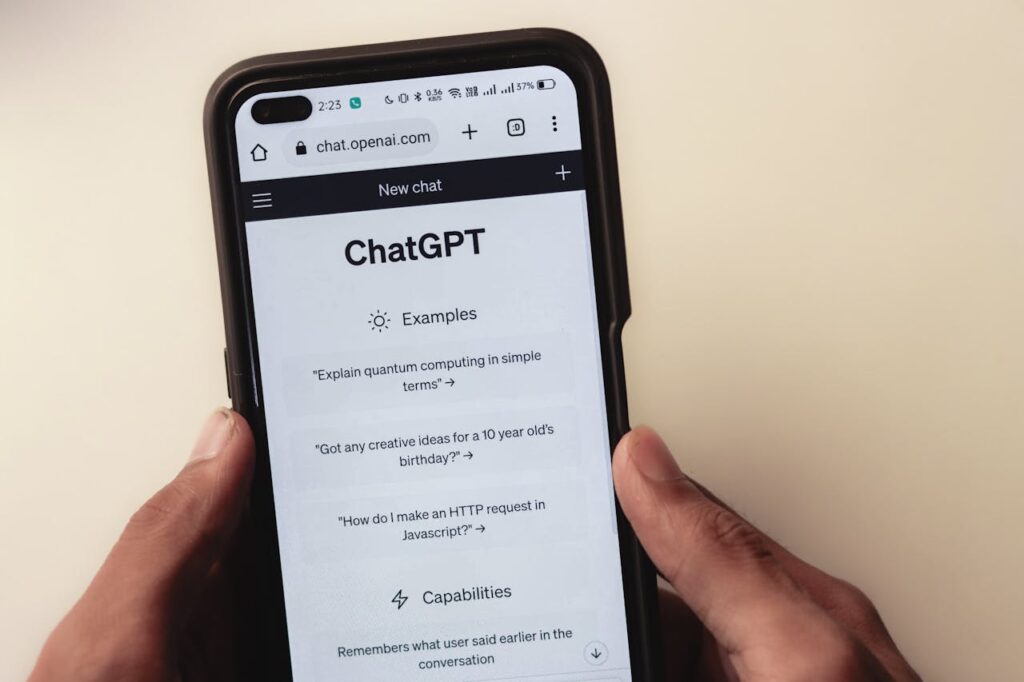In today’s digital world, social media isn’t just a platform for sharing memes or staying updated—it’s a powerful tool for businesses, creators, and marketers to connect, engage, and convert. Whether you’re promoting a product, service, or simply looking to grow your influence, the key lies in writing high-converting social posts.
But what makes a post convert? It’s not just about likes or shares—it’s about inspiring action. That action could be a click, a signup, a purchase, or even a comment. In this blog, we’ll break down how to write social posts that actually lead to results.
1. Know Your Audience First
Before you write a single word, understand who you’re speaking to. What are their interests, problems, desires, or values? A post that converts is one that feels like it was written just for them.
Tip: Create audience personas—imaginary profiles of your ideal audience members. This helps you use the right tone, language, and style that resonates.
2. Start With a Scroll-Stopping Hook
People scroll fast. You have about 1–3 seconds to grab their attention. Start your post with a strong hook—a bold statement, a surprising stat, a question, or an emotional trigger.
Examples:
- “Most businesses fail at this one simple thing.”
- “Did you know 70% of your customers ignore this?”
- “Feeling stuck with your content strategy? You’re not alone.”
3. Make It About Them, Not You
Your audience doesn’t care about your product—they care about how it solves their problems. So shift the focus of your post from features to benefits.
Instead of:
“We’ve launched our new skincare serum.”
Try:
“Tired of dull skin? Our new serum is designed to brighten and hydrate from day one.”
4. Write in a Conversational Tone
People connect with people, not corporations. Avoid sounding robotic or overly formal. Use a tone that’s friendly, authentic, and easy to digest.
Use:
- Short sentences
- Contractions (you’ll, it’s, we’re)
- Emojis (where appropriate)
- Personal touches (“you,” “we,” “let’s”)
Example:
“Let’s be real—growing your brand on Instagram feels overwhelming sometimes. But it doesn’t have to be.”
5. Include a Clear Call-To-Action (CTA)
Every post should have a goal. Whether it’s to visit your website, join your email list, or leave a comment—ask for it clearly.
Examples of CTAs:
- “Click the link in bio to learn more.”
- “DM us for a free consultation.”
- “Comment below with your favorite tip.”
- “Tag a friend who needs to see this.”
Don’t assume people will know what to do next—guide them.
6. Keep It Visually Clean and Easy to Read
Structure matters. A block of text will scare people off, no matter how valuable it is. Use:
- Line breaks between thoughts
- Emojis or bullet points to organize content
- Bold or capitalized keywords (in moderation)
Before:
“Our new product is now available and it comes with free shipping and we’ve added a 10% discount for early buyers!”
After:
🚨 New product drop!
✅ Free shipping
💥 10% off for early buyers
Grab yours now 👉 [link]
7. Use Emotion and Storytelling
Emotion drives action more than logic. Whenever possible, tell a story—even a short one. Use real-life examples, customer success stories, or your own journey.
Example:
“Three months ago, Sarah was struggling to stay consistent with her fitness goals. Now, she’s running 5Ks and feeling better than ever—thanks to our program.”
A relatable story builds trust and credibility.
8. Use Social Proof and FOMO
Humans follow the crowd. Highlight testimonials, number of customers, or urgency to increase conversions.
Examples:
- “Over 5,000 people have joined—don’t miss out!”
- “Limited spots available—secure yours today.”
- “See why our users rate us 4.9/5.”
This builds confidence and encourages immediate action.
9. Test, Analyze, and Optimize
Not every post will be a hit—and that’s okay. The secret to writing high-converting social posts is testing. Try different formats, tones, lengths, and CTAs. Measure what works and double down on it.
Track metrics like:
- Click-through rate (CTR)
- Engagement rate
- Conversions/sales
- Comments or DMs
Tools like Meta Insights, LinkedIn Analytics, or third-party platforms like Buffer and Hootsuite can help.
10. Tailor Content for Each Platform
Don’t copy-paste the same message across Instagram, LinkedIn, Facebook, and X (Twitter). Each platform has its own culture and best practices.
For example:
- Instagram: Visual-first, storytelling, emojis, hashtags
- LinkedIn: Professional tone, value-driven, longer-form
- X (Twitter): Short, punchy, real-time thoughts
- Facebook: Friendly tone, mix of text and media
Optimize your message to match the platform and audience behavior.


